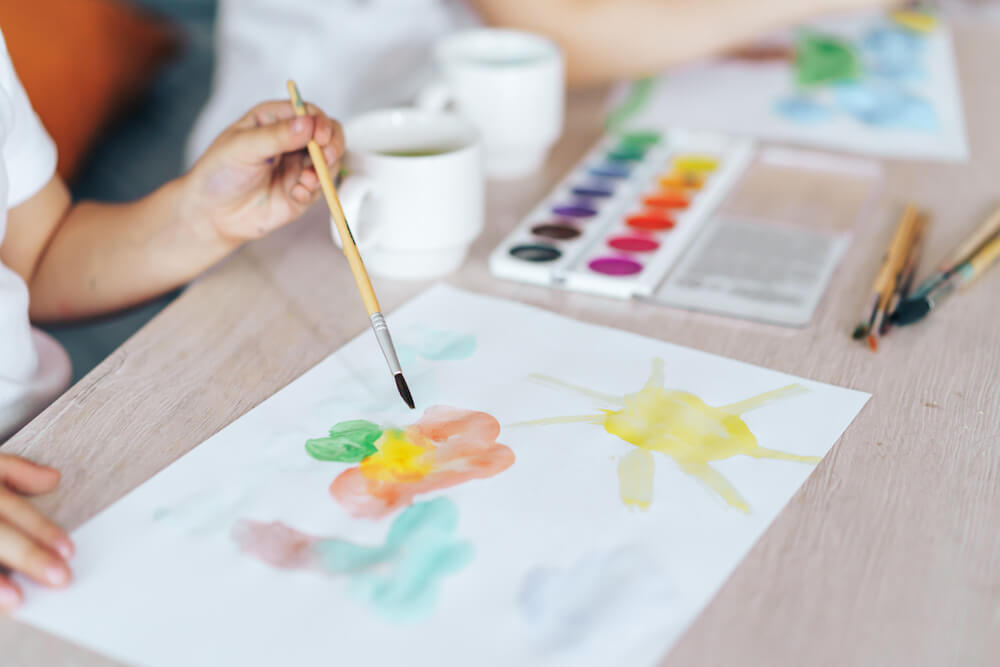Key points:
1. Babies’ brain development depends on responsive interactions with caregivers.
2. “Serve and return interactions” with caregivers are critical for building a child’s brain architecture.
3. Serve and return interactions become more complex as a child’s brain matures and develops.
4. Harvard recommends 5 steps for practicing serve and return interactions with your child.
Babies arrive to the world in a state of complete dependency on their loving caregivers. During their first years of life, their brain is just as dependent as the rest of their body on the surrounding adult’s responsiveness. Harvard expert Jack Shonkoff PhD calls the critical moments where a child does something and the adult responds back (and vice versa) “serve and return interactions”. According to him, serve and return means you and your child are attuned to each other, engaging together in exploring the outside or the inside world.
As Dr. Shonkoff assesses, more than 1 million new neural connections are formed every second. The interaction of your baby’s genes, your caring, and the attentive interaction with them will build your child’s brain architecture, one interaction at a time.
So, you might be wondering, how does serve and return interactions look like? Well, during infancy your baby will serve you mostly simple interactions through gaze, coos, or facial expressions. These serves and returns will get more complex as your child’s brain matures and develops. Research and experience show that this soon becomes second nature as you practice together and get to know each other!
According to Harvard University Center for the Developing Child, these are 5 steps you can follow to practice serve and return with your little one:
- Notice the serve and share your child’s focus of attention. You can try and look for small opportunities during the day where your little one is pointing at something or making a face or sounds.
- Return the save by supporting and encouraging. Recognizing and acknowledging your child’s interest will reward their curiosity and make them feel heard and understood.
- Give a name to what your child is seeing, doing or feeling. This will make important language connections in their brain and it will also provide words to express and use their inner world.
- Take turns and wait so your child has a chance to respond to what you said or pointed to. Try to keep the interaction going back and forth, modeling self-control and cooperation.
- Practice endings and beginnings by signaling to your child when you are done focusing on something and are ready to move on to a new activity.








